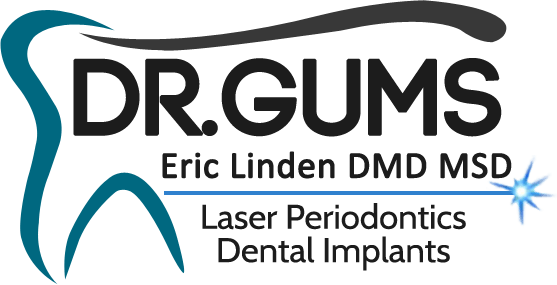CHICAGO – December 23, 2002 – Good at-home oral hygiene is recommended by the American Academy of Periodontology to ensure a beautiful smile, and prevent periodontal disease, which is the major cause of tooth loss in adults.
“It’s important to practice a meticulous at-home oral care routine of daily brushing and flossing to ensure your teeth will last a lifetime,” said Gordon Douglass D.D.S., and president of the American Academy of Periodontology. “Although periodontal disease can’t always be avoided, proper oral hygiene is the best means of prevention.”
The American Academy of Periodontology challenges the public to quit making excuses for not brushing and flossing and to start off the New Year by incorporating a daily routine of brushing and flossing. By doing this, you will reap the rewards for years to come.
- My hands are too big and I have no dexterity – for people with dexterity problems, power floss holders may be useful.
- The floss pushes the food down further into the pocket – floss cleans about 30 percent of the tooth’s surfaces, and its primary function is to remove the invisible film of bacteria that constantly forms between the teeth, causing plaque.
- My gums bleed – in the mildest form of periodontal disease called gingivitis, gums redden, swell and bleed easily. Gingivitis is often caused by inadequate oral hygiene and can be reversible with professional treatment and good oral home care.
- I get my teeth professionally cleaned twice a year, so I don’t have to brush and floss – If plaque is not removed, it can turn into a hard substance called calculus/tartar in less than two days. It’s so hard that it can only be removed by a professional cleaning. Daily cleaning will help minimize calculus formation.
- It takes too long – Thorough brushing and flossing take about ten minutes. This is less time than shaving or applying make-up.
- It gets in the way of my sex life – research suggests periodontal disease can pass through saliva. This means that common contact of saliva from kissing may put your loved ones at an increased risk for contracting periodontal disease.
- Losing teeth is part of aging – this is definitely not true. More people are keeping their natural teeth longer with brushing and flossing. And, make sure that you’re using the right equipment. The AAP recommends a soft-bristled toothbrush that doesn’t have bent or frayed bristles. Brush your teeth at a 45-degree angle in a gentle circular motion several times using short, gentle strokes. More about keeping a healthy smile for life
- My teeth are too tight for the floss – people with tight spaces between their teeth may prefer a polymer floss that’s been ADA approved.
- I’m afraid of damaging my gums when I floss – that’s why technique is so important. When flossing, gently insert the floss between the teeth using a back-and-forth motion, guiding the flossing with your forefingers. Guide the floss to the gumline and curve the floss into a C-shape. Slide it into the space between the gum and tooth until you feel light resistance. Repeat this process between every tooth and don’t forget the back sides of your teeth.
- I went hiking and forgot to bring floss – One possibility for people without access to floss may be to chew on sticks. Dental researchers have studied the periodontal status of Sudanese populations who use Miswak chewing sticks and found that their periodontal health status was comparable to Sudanese toothbrush users.
A referral to a periodontist in your area and free brochure samples including one titled How to Brush and Floss are available by calling 800-FLOSS-EM or visiting the AAP’s Web site at www.perio.org.
About the AAP
The American Academy of Periodontology (AAP) is the professional organization for periodontists—specialists in the prevention, diagnosis, and treatment of diseases affecting the gums and supporting structures of the teeth, and in the placement of dental implants. Periodontists are also dentistry’s experts in the treatment of oral inflammation. They receive three additional years of specialized training following dental school, and periodontics is one of the nine dental specialties recognized by the American Dental Association. The AAP has 8,000 members worldwide.
For more information, contact the AAP Public Affairs Department at [email protected] or 312/573-3242.

